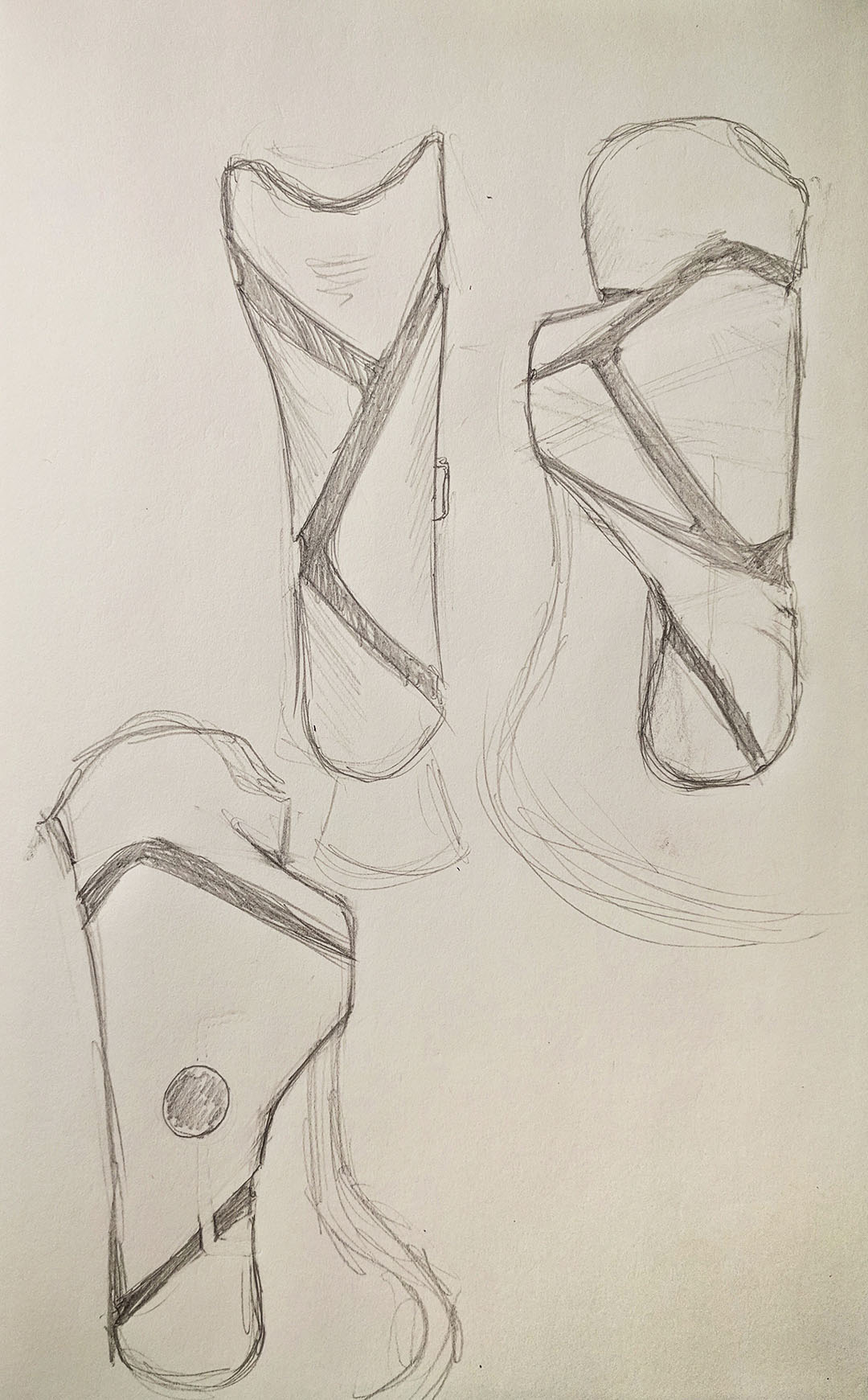miniRami is a running-specific prosthetic leg for children that was developed in the Yamanaka Prototyping and Design Lab in the University of Tokyo. The socket was made with an SLS 3D printer and uses a Boa System in order to grow along with the child.

Prosthetic limbs for children do not evolve as fast as their adult counterpart simply because children adapt to their disability more easily and they outgrow their prostheses quickly. Because of this, I wanted to make a prosthetic leg that would be able to grow together with the child.
We worked alongside the Tetsudo Kosaikai Prosthetic Support Center in order to understand how the limb grows and what the limitations of a prosthesis are.



We used a Boa System dial to make the socket adaptable. When the dial is turned, the socket expands and, when the dial is pulled unlocked, it contracts. We tested the socket one year after the beginning of the project, once the child had already grown a few centimeters, and the socket fit him easily.